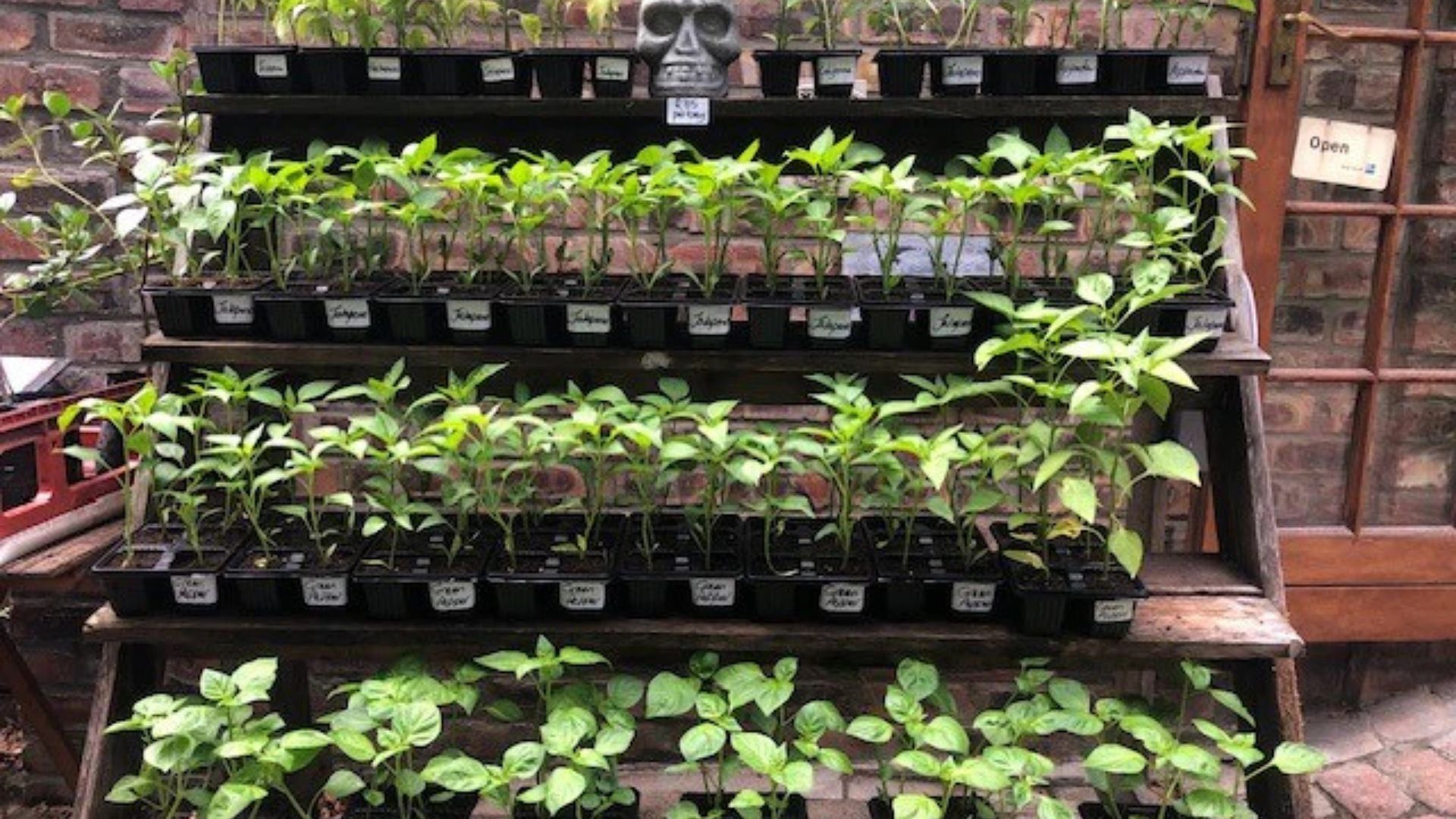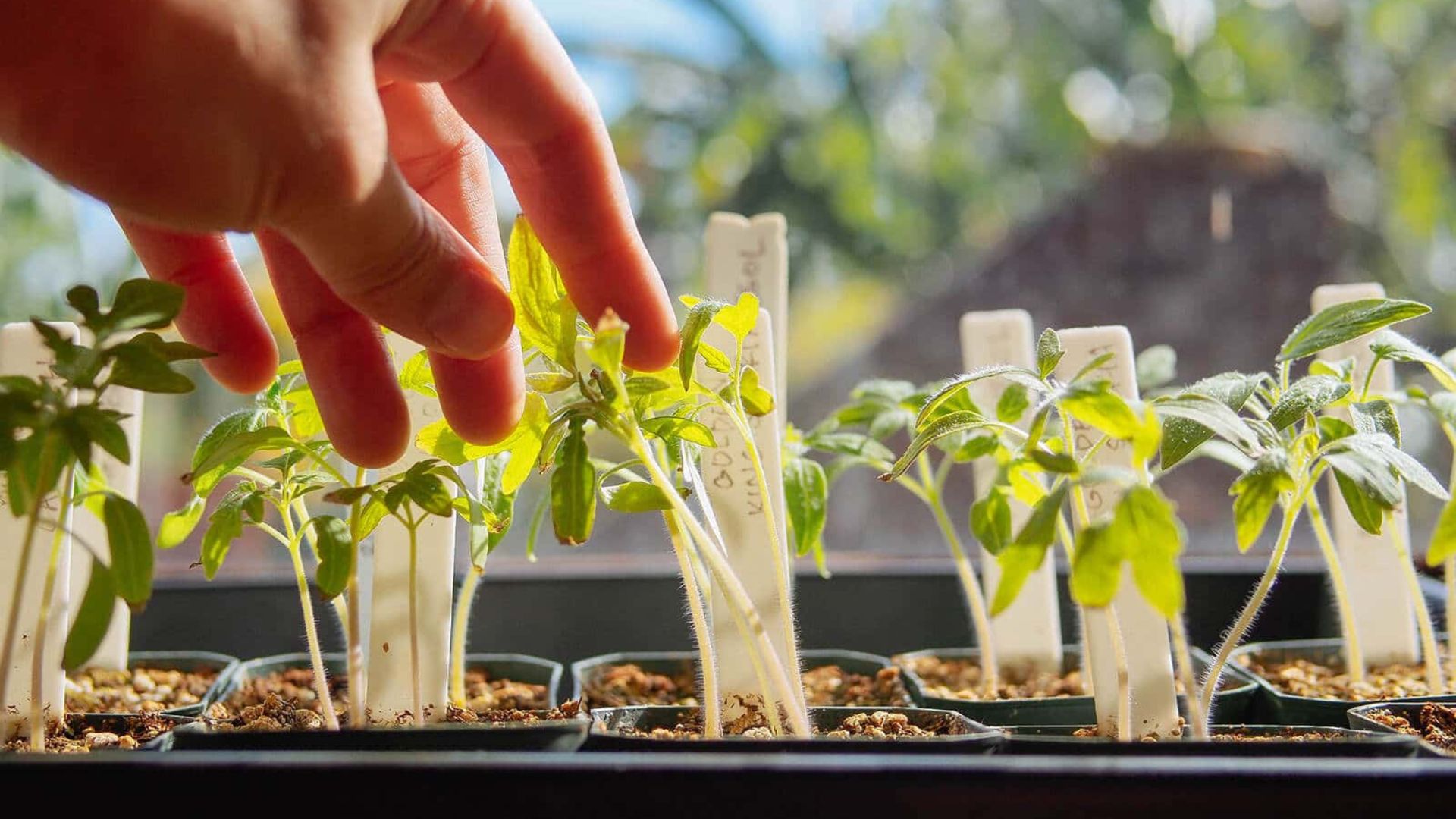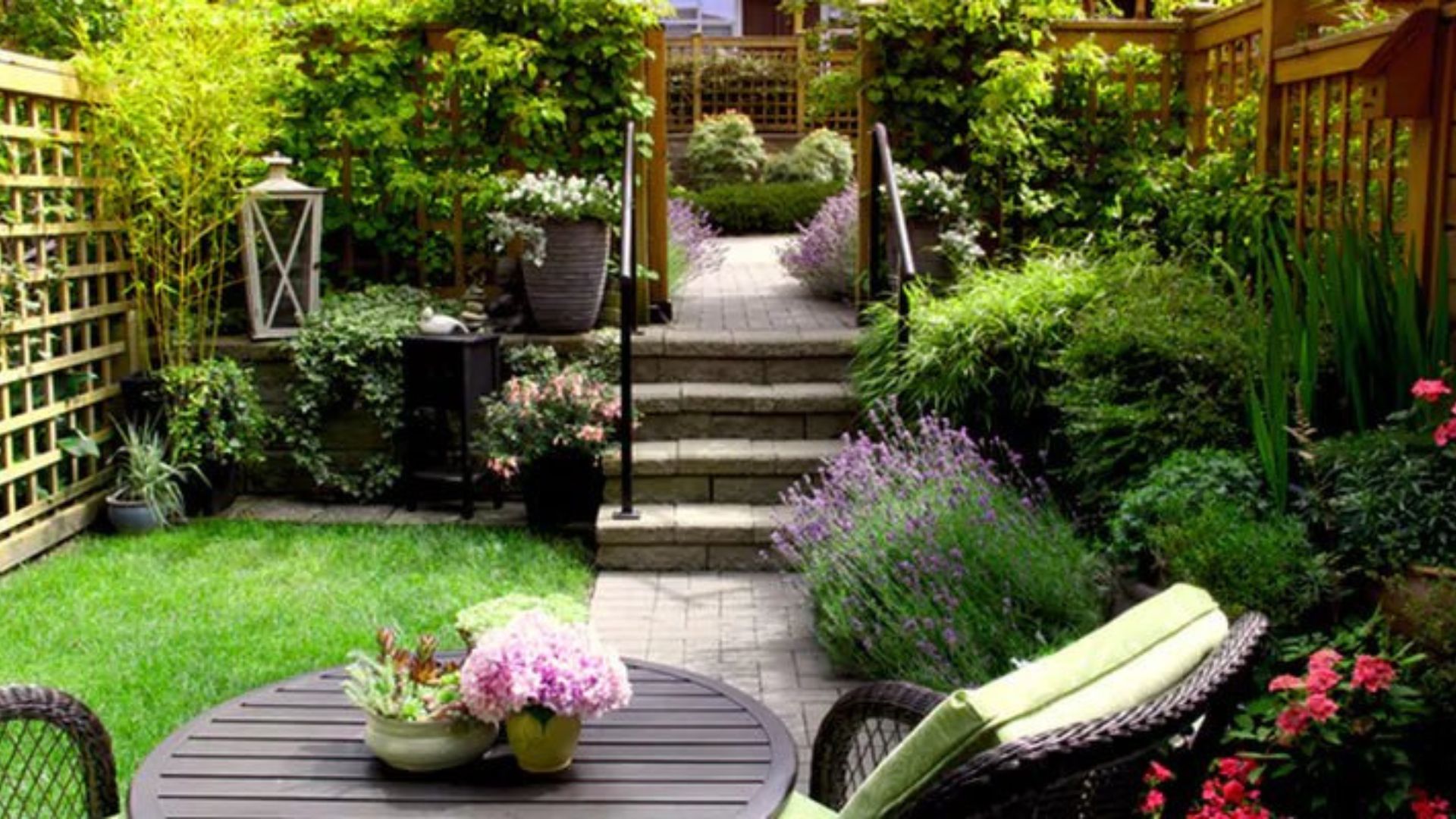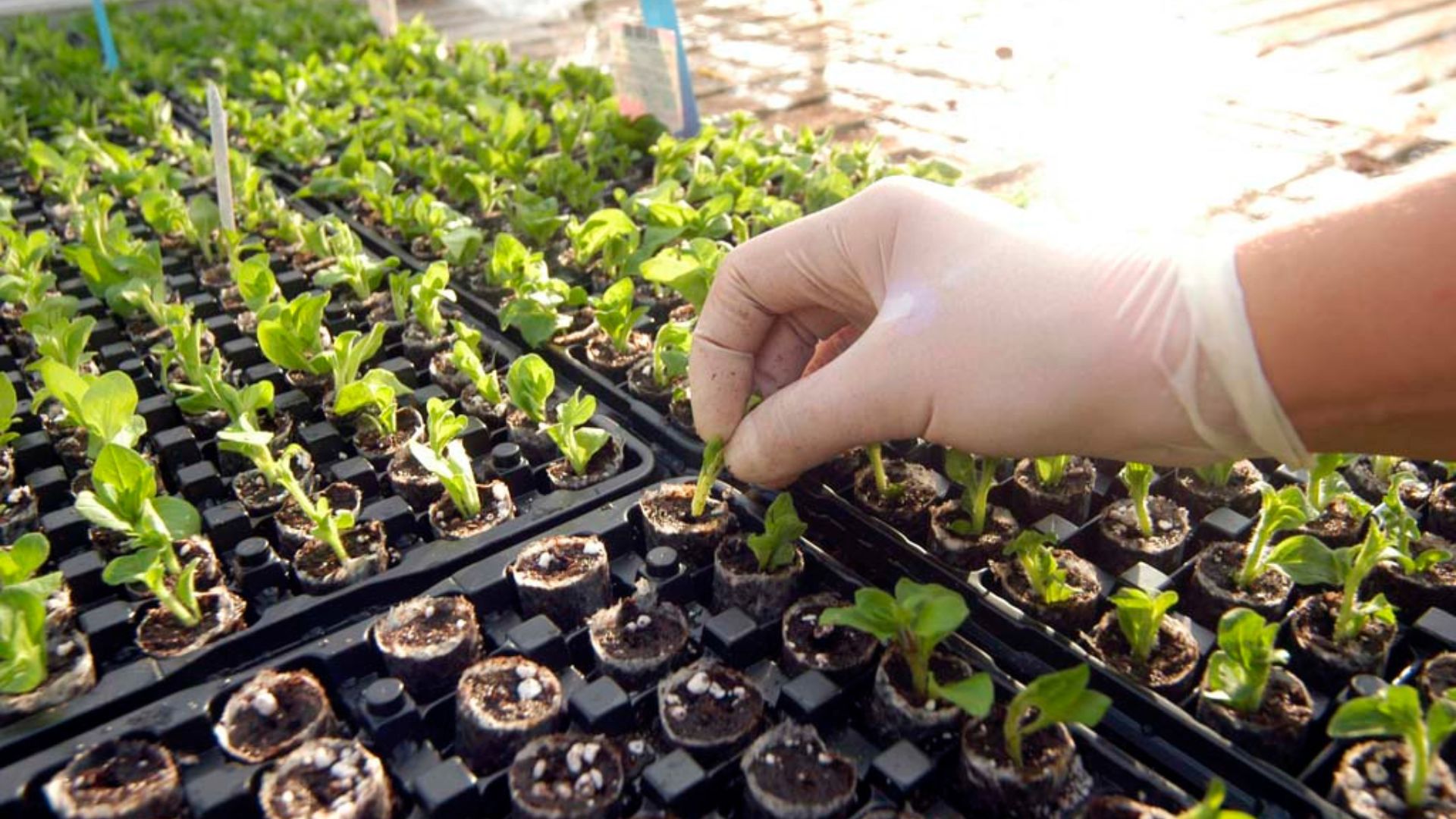Starting a plant nursery at home is one of the most rewarding and profitable ways to turn your love for plants into a business. Whether you live in a small urban space or have a spacious backyard, you can build a thriving nursery with low investment and high returns—if done right. This guide will walk you through everything you need to know to start a profitable home-based plant nursery, from planning to selling.
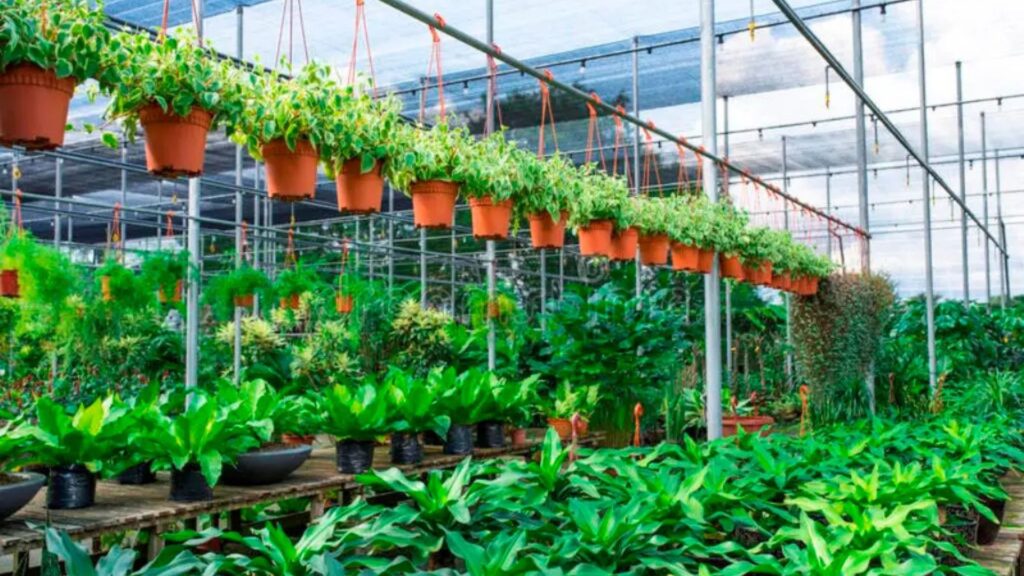
Understand the Basics of a Plant Nursery
A plant nursery is a place where plants are propagated, grown, and sold. These may include:
-
Flowering plants
-
Indoor or outdoor ornamental plants
-
Vegetables or herbs
-
Fruit trees or native plants
-
Succulents, bonsai, or rare species
Starting small from home lets you test the market, keep costs low, and scale as you grow.
Choose Your Niche Wisely
Choosing a niche helps you focus your efforts and meet specific customer needs. Popular and profitable nursery niches include:
-
Indoor houseplants (snake plant, pothos, monstera)
-
Medicinal or herbal plants (aloe vera, basil, mint)
-
Succulents and cacti
-
Ornamental flowering plants
-
Native or drought-tolerant plants
-
Edible plants (vegetables, fruit saplings, herbs)
Start with plants you already know how to grow, and expand based on demand.
Make a Business Plan (Even a Simple One)
Even if you’re starting small, having a basic plan helps you stay organized.
Include:
-
Your plant selection and sourcing strategy
-
Budget for pots, soil, tools, seeds/cuttings
-
Space layout for propagation, growing, and storage
-
Pricing strategy and profit margin goals
-
Marketing approach (social media, local sales, etc.)
💡 Keep your plan flexible—adjust as you learn and grow.
Gather the Right Tools and Materials
You don’t need expensive equipment to start. Here’s what you’ll typically need:
-
Seed trays or pots
-
High-quality potting soil or compost
-
Watering cans or hoses with nozzles
-
Shading nets or mini greenhouses (optional)
-
Labels, tags, and packaging materials
-
Fertilizer and pest control supplies
You can upcycle containers or build DIY potting benches and shelves to save money.
Set Up Your Growing Space
Use whatever space you have—balconies, patios, rooftops, or backyards. Make sure your space has:
-
Good sunlight (at least 4–6 hours for most plants)
-
Access to water
-
Shelter from extreme wind or heat
-
Shelving or raised beds for organization and drainage
If growing indoors, use grow lights for low-light or tropical plants.
Start with Propagation
You can reduce costs and increase profits by propagating plants yourself using:
-
Seeds
-
Stem or leaf cuttings
-
Division (splitting mature plants)
-
Offsets or pups (especially for succulents)
✅ Propagating your own plants lets you produce in bulk for very little money.
Care for Your Plants Consistently
Healthy plants sell better—and faster. That means:
-
Watering regularly but not overwatering
-
Checking for pests or diseases
-
Rotating plants for even sun exposure
-
Re-potting when necessary
-
Feeding with organic or slow-release fertilizers
Consistency in care leads to stronger, more marketable plants.
Set Your Prices for Profit
When pricing, factor in:
-
Cost of soil, pots, seeds, fertilizer, etc.
-
Time and labor
-
Market demand and competitor pricing
Start with competitive prices, then raise them as your brand and quality improve.
Example: If it costs you $1.50 to grow a basil plant, selling it for $4–5 gives you a solid margin.
Market Your Plants Effectively
Marketing is key—even if your plants are perfect.
Where and how to sell:
-
Local farmers’ markets
-
Community events or plant fairs
-
Facebook Marketplace, Instagram, or WhatsApp groups
-
Online plant shops or Etsy (if shipping)
-
Curbside stands or plant pop-ups
Marketing tips:
-
Take clean, well-lit photos of your plants
-
Share care tips to build trust
-
Offer bundles or discounts
-
Label plants with names and care instructions
Package and Deliver with Care
If you plan to deliver plants locally or ship them:
-
Use boxes with enough padding
-
Protect soil with plastic wrap or secure lids
-
Keep plants upright with cardboard supports
-
Label clearly, and handle gently
Good packaging prevents damage and keeps customers satisfied.
Conclusion
Starting a profitable plant nursery from home is absolutely possible—even with limited space and a small budget. By choosing the right plants, managing costs, and consistently marketing your nursery, you can grow a fulfilling business rooted in passion and sustainability.
The best part? You can start small, make mistakes, learn as you go, and still turn a green thumb into a profitable venture.







